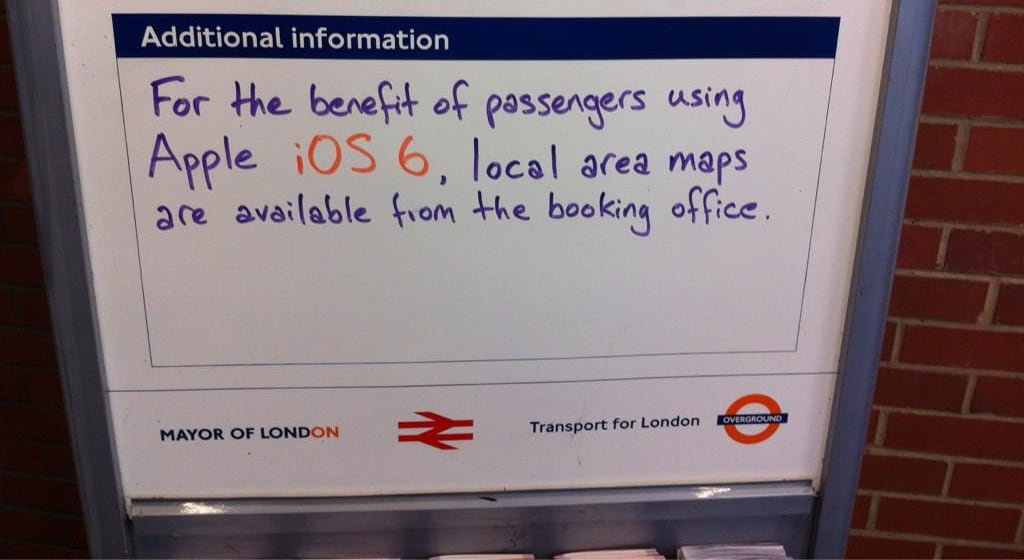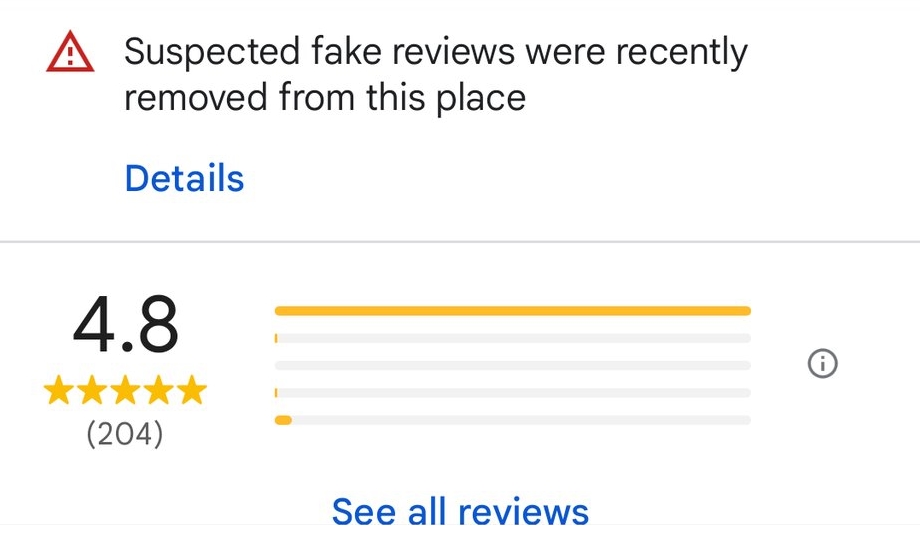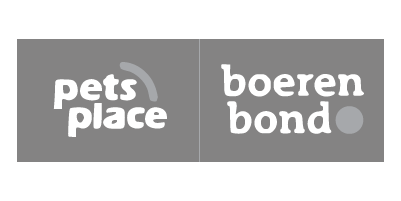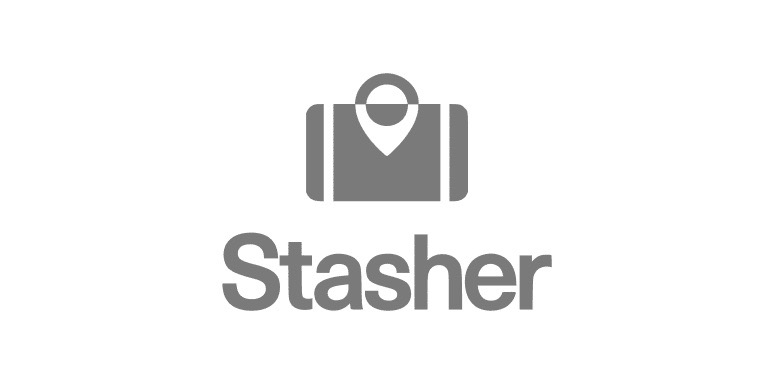In the ever-evolving world of digital maps and business listings, a new player has entered the arena: Apple Business Connect. For years, Google has reigned supreme in the realm of online maps and business profiles. With Bing Maps, TomTom and OpenStreetMaps battling for second position, far behind the market leader.
But can Apple finally catch up and claim a piece of the European market share pie with its latest offering? In this article, we’ll delve into the details of Apple Business Connect and compare it to the well-established Google Business Profile, focusing on the mainland European markets. Our research is based on an analysis and visualisation of data from more than a thousand locations across continental Europe.
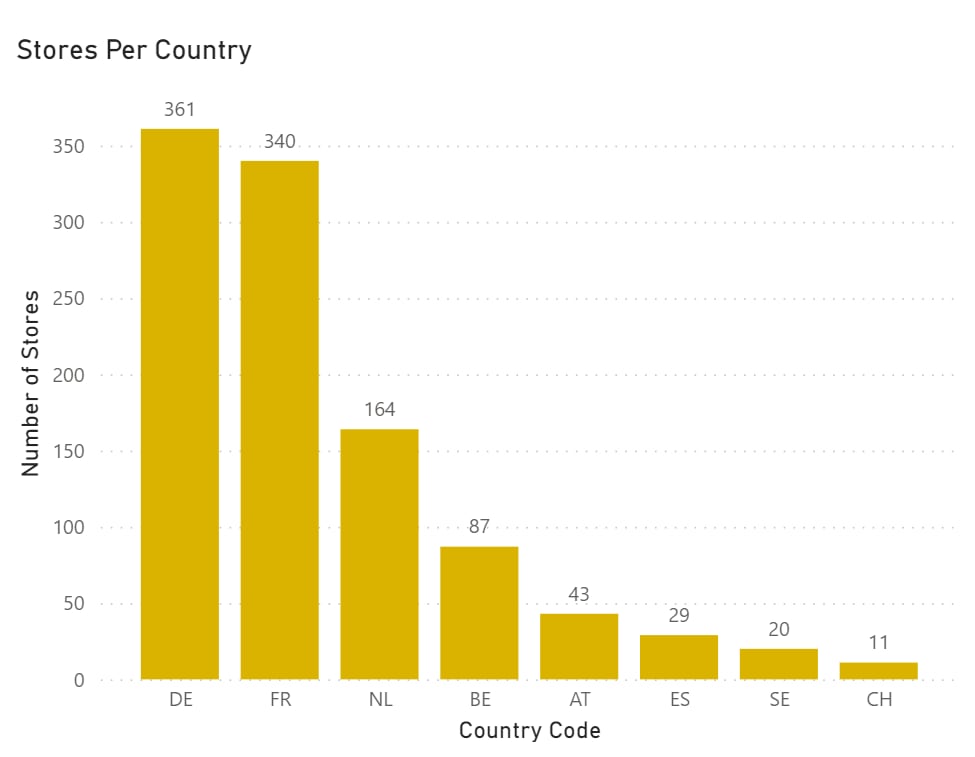
Exploring Apple Business Connect
Apple Business Connect is Apple’s answer to Google’s Business Profile. It empowers businesses to take control of their presence on Apple Maps, offering a digital asset accessible to anyone using Apple devices and built-in apps. This asset comes in the form of a card that includes essential information like directions, photos, contact details, and actionable features, all designed to enhance the visibility and accessibility of businesses on Apple Maps, Siri and Apple Wallet.
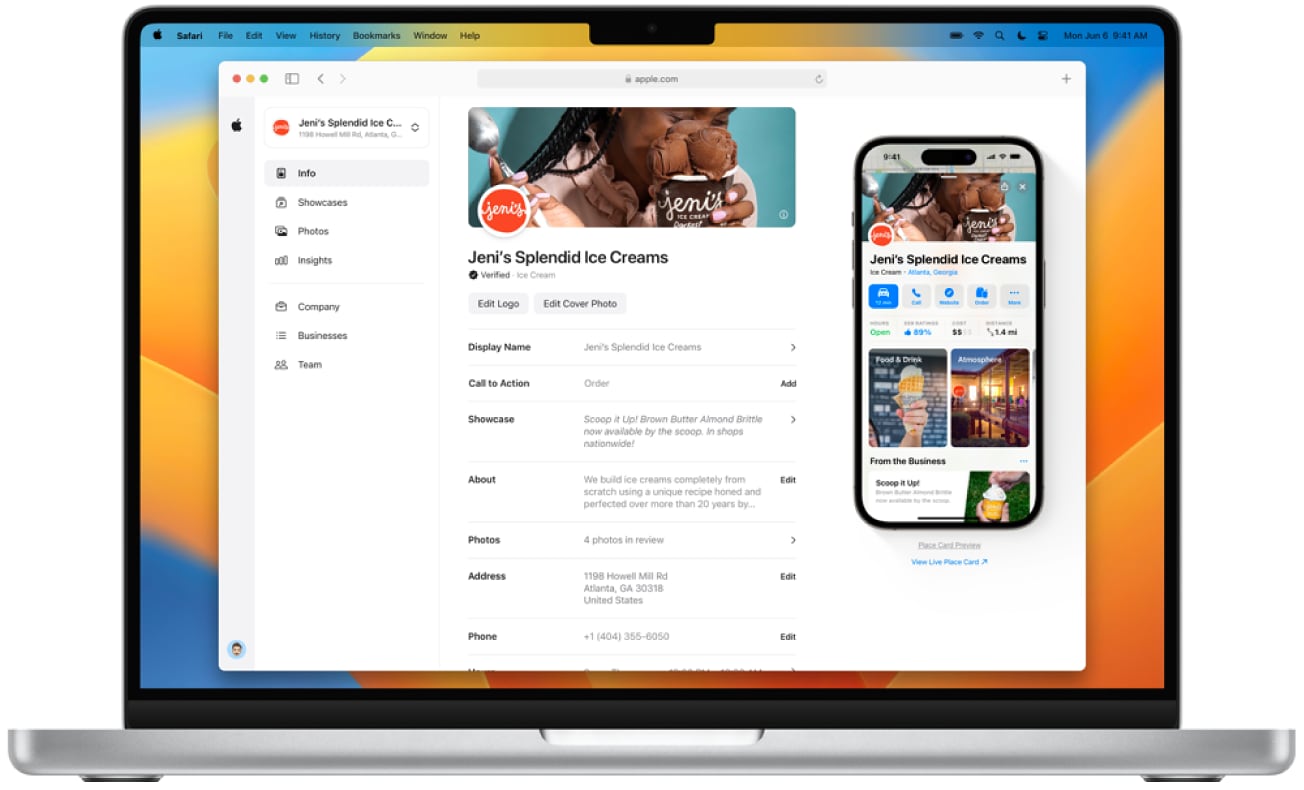

Comparing Apple and Google: A Tale of Impressions and Actions
When comparing Apple Business Connect and Google Business Profile, we must consider the unique features each platform offers:
- Map Impressions: Both Apple and Google show an upward trend in map impressions, encompassing both mobile and desktop views. While Google can display businesses on its search engine, Apple relies solely on map impressions. When comparing the two, be careful to exclude Paid Search impressions on Mobile Maps. These can be ranked up easily with little investment, but they are not as relevant as an organic impression. And as far as we know, Apple does not offer a similar way to boost your visibility with Ads.
- Search Impressions: Google stands out with its search impressions, spanning mobile and desktop searches. Apple, lacking its own search engine, cannot provide this service.
- Actions: Actions are crucial metrics, encompassing user interactions with business listings. We combined Business Direction requests, Call Clicks, and Website Clicks as actions for Google. In the case of Apple, we combined Directions Taps, Website Taps, and Call Taps as actions.
Visualising the Data
To help you better understand the dynamics between Apple and Google, we’ve created several informative graphs:


Graph 1: Apple vs. Google Total Impressions: A stark contrast in total impressions emerges, with Google dominating at 93%.
However, that is not the full story. When we compare the Maps-only data, we can clearly see that ABC is on the rise versus Google when you look at an “apple versus apples” comparison:


Graph 2: Percentage of Apple Maps and Google Maps Impressions by Date Bar Chart: This monthly chart reflects the growing share of Apple Maps impressions compared to Google Maps.
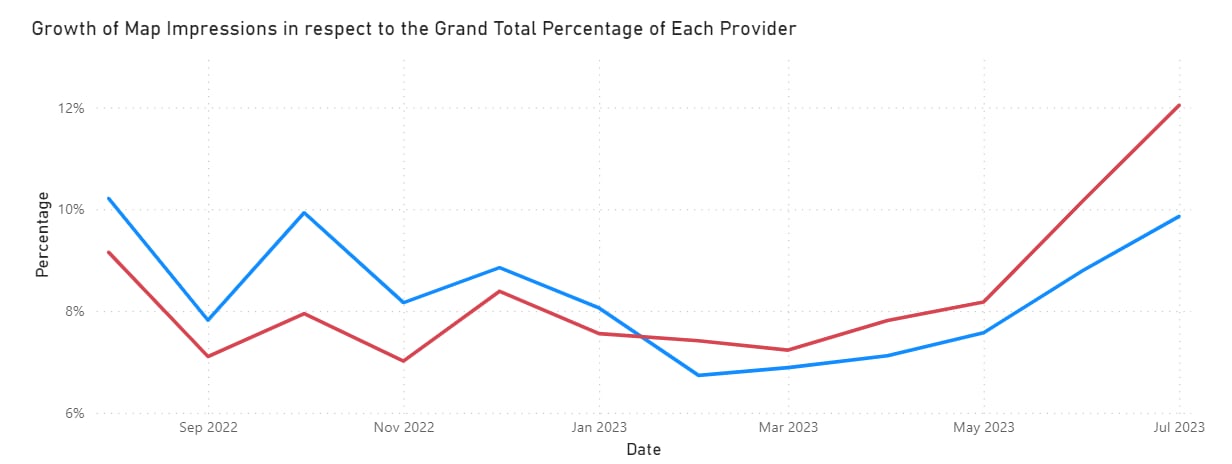

Graph 3: Growth of Map Impressions in Respect to the Grand Total Percentage of Each Provider: This chart showcases a faster growth of Apple Maps in comparison to Google Maps for our European stores.
Google takes lead when we add “Search Impressions”
Looking at the share of voice between Apple and Google changes when we add the Desktop and Mobile Search impressions into the mix. These are impressions on the side of the SERP and in the Map Pack. Once we add these impressions (also fueled by Google Business Profiles) Google gets 99% of the share of impressions.
So when should you invest in Apple Business Connect?
We advise businesses to first fully optimise Google Business Profiles. Why focus on 1% of the pie if you did not maximise your performance on the larger part? Also, as it is super simple to share your Google Business Profiles with Bing Maps, we would prioritise Bing Maps as well. But after that, you do not want to miss out on the Apple fans. Depending on your line of business, this may vary. Offering vegan sandwiches in the centre of big cities, sure, get some presence on Apple Maps before doing the final tweaks on Google Business Profiles.
How does this compare to other research?
Brightlocal published an interesting article on the 1st of June, stating, in summary, that Apple Business Connect faces challenges in gaining traction among businesses and consumers, with Google Maps maintaining its stronghold as the preferred mapping service for the majority of users. Claiming 6 out of 10 businesses have not claimed their Apple Maps listing. Brightlocal responses are most likely coming from a variety of businesses, where we focus on multi-location businesses. We suspect this segment is lagging behind, as the claiming process was almost impossible for multi-location businesses in continental Europe.
Another interesting source was the Near Media / Maps Labs publication. This is US-centric, and based on 100 business profiles only, but is very informative nevertheless. What has stuck in mind is that in their sample data set, “Google generated 10X the result of Apple, 50X of Yelp and 1000X of Bing”. That aligns quite well with the data we are seeing on Apple vs. Google Maps impressions.
Conclusion
From our extensive analysis, it’s evident that Apple is gaining momentum in the continental European market, growing at a faster rate than Google for the 1k+ locations we examined. While Google remains the heavyweight champion in terms of total impressions (99% across Search and Maps, 93% across just Maps), Apple’s focused approach through Apple Business Connect is yielding positive results for businesses that go down this route. The battle for market share in the European maps and business profile arena is heating up, and it’s an exciting time for businesses seeking greater visibility and engagement with their customers.
In the coming years, we can expect both Apple and Google to continue innovating and competing fiercely for a slice of the digital mapping pie. The ultimate winners in this race? Businesses and consumers, who will benefit from improved services, greater accuracy, and more convenient access to information. Keep an eye on this space; the future of digital maps is anything but static.
Once you are done optimising Google Business Profiles, be sure to connect your Bing account. It is too easy not to. After that is done, start on Apple Business Connect. Let us know if you are interested in support for your multi-location business. Start that journey by setting up a free (GMBapi) trial account to make sure you have optimised every last drop of Google first.

